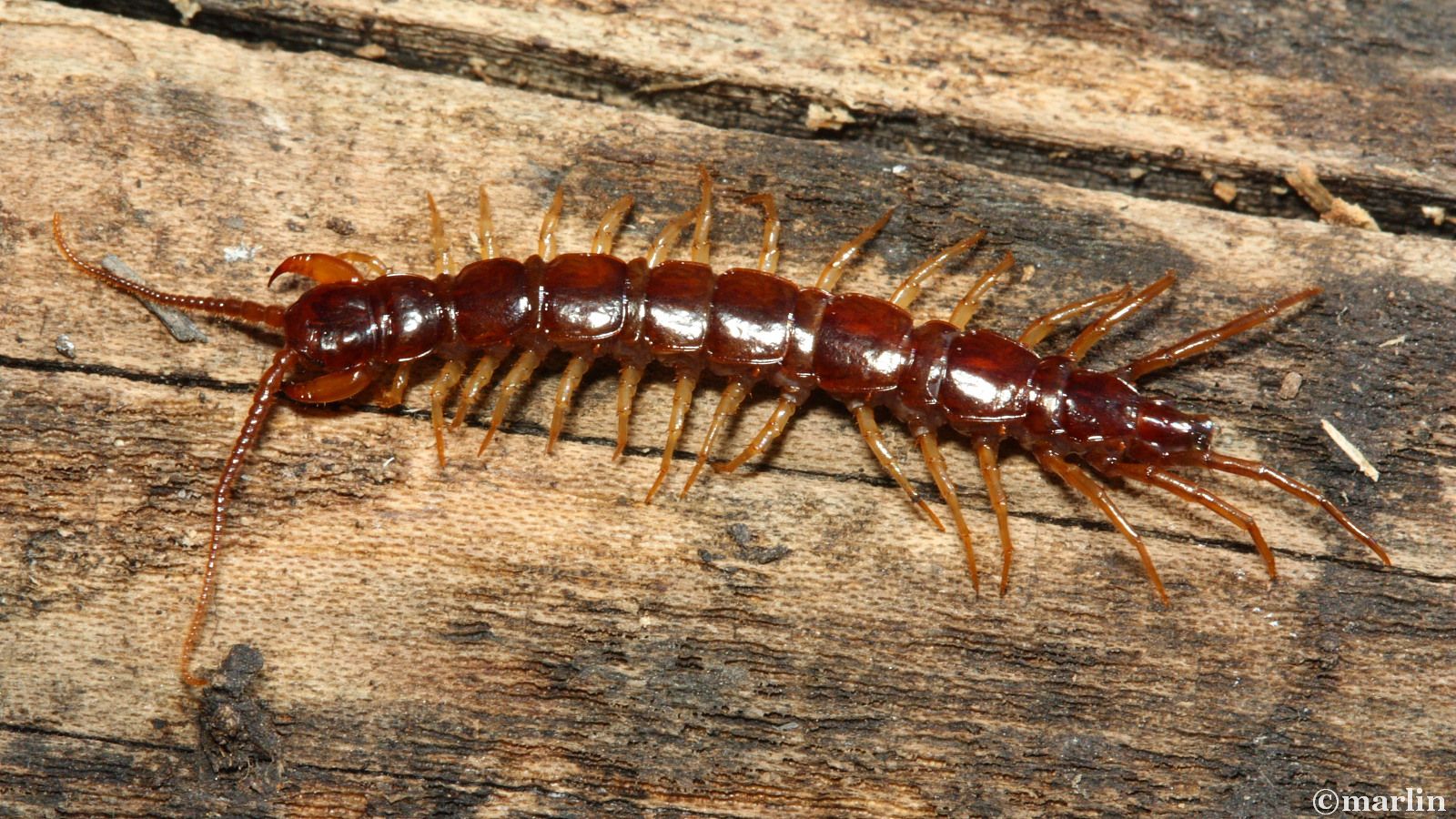

Typically, millipedes experience seven to 10 molts before reaching adulthood, which may take a course of about two to five years depending on the species. After each molt, the number of segments and legs increases.

Young millipedes hatch from the eggs with three pairs of legs and then experience numerous molting stages. Life Cycleįemale millipedes deposit sticky clusters of hundreds of eggs in cavities found in soil and other decaying organic substances. In the absence of decaying material, millipedes may feed on the delicate roots of seedlings or ripening fruit lying on the ground. Millipedes play an important role in the natural cycles by helping to break down plant matter after it has undergone microbial decomposition. Mostly detritivorous, millipedes feed on decomposing organic matter, such as leaf litter and dead wood. The arthropods also commonly burrow in areas where soil stays moist, like under rocks or piles of mulch. Known to feed on decaying plant matter, millipedes often reside directly within sources of food, like piles of leaf litter or rotting logs. Millipedes are ground-dwelling arthropods that live outdoors and thrive in dark habitats with plenty of moisture.
Centipede and millipede pictures free#
Keep basements clean, dry, and free of clutter, Seal exterior cracks and crevices. Homeowners typically notice infestations by finding the hard, shell-like remnants of dead millipedes. Needing ample moisture for survival, the arthropods usually die of dehydration a day or two after entering. Millipedes sometimes take residence in the basements of homes. Additionally the millipede travels much slower than the rapid-moving centipede. Millipedes are also more rounded in shape. Often confused with centipedes, millipedes have two pair of legs on each body segment, whereas centipedes have one pair per segment. They have short but visible antennae made up of 7 segments. Most millipedes are entirely black, though some species may appear dark brown or reddish. While tropical millipedes may measure as long as 30 cm, most Canadian millipede species only reach a length of about 8 cm. Size varies greatly by species, with the smallest millipedes measuring about 2 cm in length. When alarmed, millipedes coil up in a tight spiral shape. Because of their many pairs of closely arranged legs, millipedes tend to move slowly, with their legs pushing in a wave-like pattern. However, if our reader did in fact find a centipede, we think it is unlikely that it is responsible for the pattern on the tree.Millipedes have hard, cord-like bodies made up of multiple segments each segment has a pair of legs. So, we are reasonably confident our reader found a centipede, but we have less to say about the tree damage. Thus, it is hard to see how the creature our reader found has any connection to the tree damage. Most centipedes are carnivores (they primarily eat soft-bodies creatures, like earthworms), so they wouldn’t feed on a tree or its bark either. Centipedes live in moist environments – in soil, under dead wood, and so on – because their bodies are subject to desiccation, so they would have little reason to climb around trees. In any case, it seems unlikely that the centipede our reader found could have caused this damage. It looks to us a bit like squirrel damage based on our research, but we definitely aren’t certain of this.

Whatever is responsible for the damage inflicted on the tree above depends, again, on where our reader lives. A broad range of creatures, ranging from tiny insects to large animals, can damage trees, and it can be difficult to determine what is causing the issue on the basis of the damage alone.

We have never seen tree damage like this before, and in truth we do not know what could have caused it. Centipedes are found all over the world, but the same types of centipedes are often limited to particular regions, so our reader should research the centipede species wherever she lives if she is inclined to figure out the exact type she found. There around 8,000 species in the class Chilopoda, which centipedes make up, so they are a relatively diverse creature, and we also have no idea where our reader lives. We cannot, however, offer an identification of the precise species. However, we can tell that the antennae are long, which is generally a characteristic of centipedes, and we can also see that the creature’s legs extend a bit from their bodies, a feature that is also associated with centipedes. Millipedes have two legs per body segment (except for the first three segments, which have a single pair each), whereas centipedes have only one per body segment, but unfortunately we are unable to discern this level of detail in the picture. It is difficult to see, but this creatures appears to have tons of legs that run along the course of its entire body, which is the classic mark of millipedes and centipedes.


 0 kommentar(er)
0 kommentar(er)
